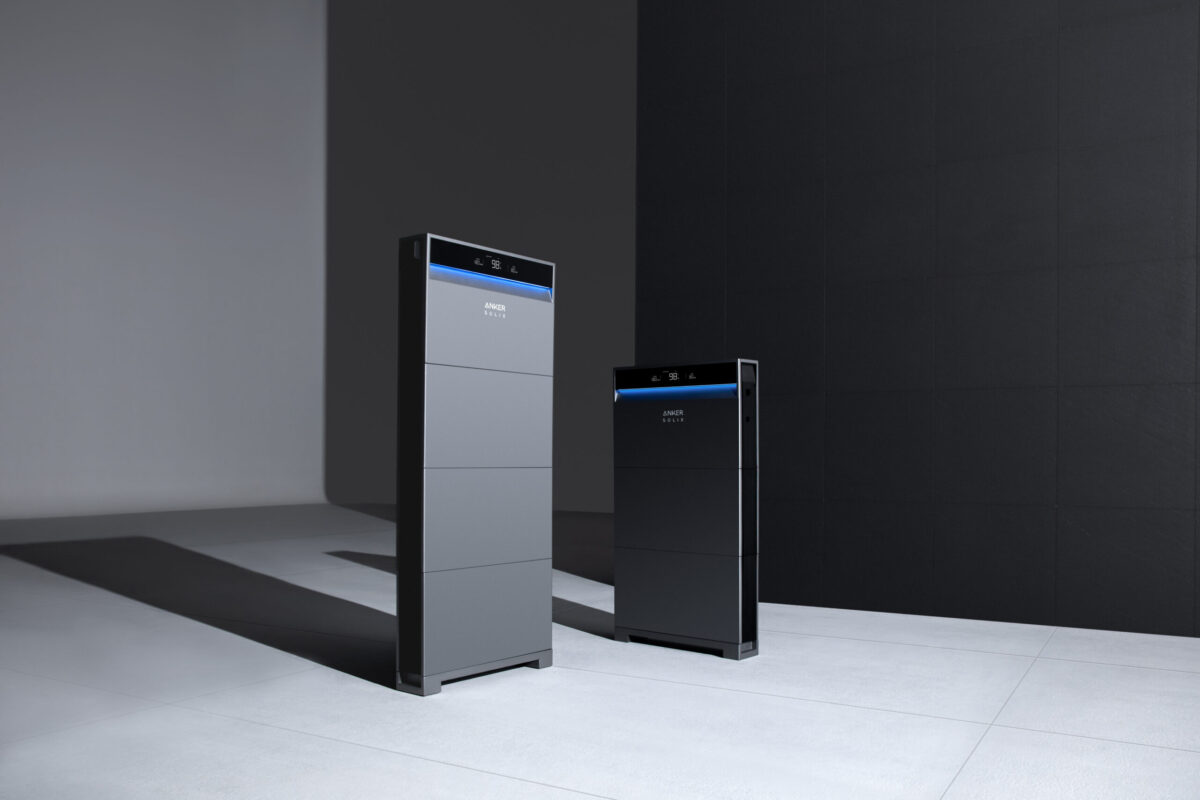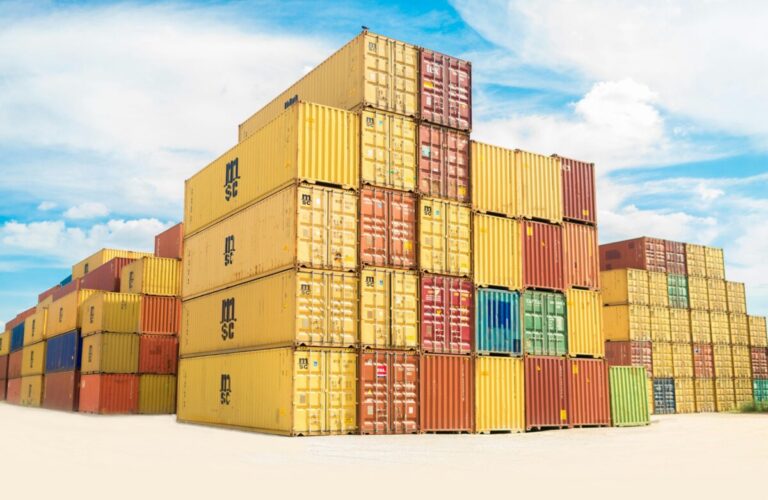A new report from Clean Energy Associates (CEA) and the American Council on Renewable Energy shows how anti-dumping and countervailing duty (AD/CVD) tariffs are creating cost problems not only for imported solar panels, but also for U.S.-made solar panels.
The United States has ended its two-year pause on solar AD/CVD rates. The tariffs apply to solar components shipped from Vietnam, Malaysia, Thailand and Cambodia that contain tariff-evading goods from China.
The four Southeast Asian countries are responsible for nearly 80% of the U.S. supply of solar energy components. AD/CVD rates have historically ranged from 50% to 250% of the cost of goods shipped. This tariff risk entails a lot of uncertainty for customers and suppliers. Clean Energy Associates (CEA) and the American Council on Renewable Energy (ACORE) released a report assessing these risks.
The U.S. Energy Information Administration said the threat of AD/CVD tariffs in 2022 had led to delays or cancellations of about 20% of utility-scale solar generation capacity.
Next now petition from American manufacturers Claiming that dumped products are hurting their businesses, the US International Trade Commission has decided to launch a new round of AD/CVD investigations into component suppliers from the four Southeast Asian countries.
The U.S. Department of Commerce is expected to issue its preliminary CVD decision on September 23 and its preliminary AD decision on November 20, according to law firm Foley and Lardner. For both determinations, Trade will determine the rate based on the data on subsidization and dumping before it. A final decision is expected to be made on April 4, 2025 before the Ministry of Commerce and on May 19, 2025 before the International Trade Commission.
ACORE President and CEO Ray Long said a finding of AD/CVD violation “could inadvertently cede U.S. leadership in the solar industry to other countries.”
Domestic solar component manufacturers have petitioned in support of the tariffs, but CEA warns that enforcement could also negatively impact their businesses. This is because there is a significant gap in the US solar supply chain. Although vast amounts of module assembly facilities have come online, the cells that are manufactured and integrated into a solar panel are still heavily dependent on imports, with very little manufacturing capacity domestically.
CEA said module manufacturing capacity in the United States could grow from 31 GW in 2024 to about 60 GW in 2026. Cell capacity could take more time, the company said, from about 1 GW in 2024 to 11 GW in 2027. The company expects most cell factories to complete expansion by 2027, as Inflation Reduction Act 45X production incentives run out soon after in 2030.
CEA has modeled that solar AD/CVD rates would increase domestic module costs by 10 cents per watt and imported module costs by 15 cents per watt, significantly impacting project economics. For reference: a buyer told OPIS that current US Delivered Duty Paid (DDP) TOPCon solar panel prices have increased to the low to mid range of $0.30/W. This pricing includes the 201 bifacial rates, but excludes the new anti-dumping/countervailing duties.
“These higher prices, implemented on top of other headwinds including domestic factors and trade restrictions already in place that impact the industry’s trajectory, could seriously derail U.S. progress in solar deployment hinder,” said ACORE.
ACORE noted that the U.S. solar industry is in good health. At least private companies have announced that 105,454 new jobs and more than $123 billion in capital investments in clean energy broadly since the introduction of the IRA, and solar energy is expected to account for about 59% of all grid capacity expansions but to achieve goals of reducing greenhouse gas emissions by 50 to 52% by 2030, the U.S. solar industry must increase from 177 GW of installed capacity to more than 500 GW. Deteriorating project economics could threaten this fast-approaching goal.
The report states that the United States needs more time to build solar cell capacity to meet demand. It also acknowledges that the country may be dependent on mobile phone imports for some time.
It is more difficult to set up a solar cell factory for several reasons, according to CEA. The cell capacity can take twice as much time as the construction, training and ramp-up time of the module capacity. Uncertain domestic content rules mean that the value of US cells is highly variable until the final statutes are published. And the investment costs for cells can be two to three times the cost of a module factory, making it difficult for new suppliers to raise financing.
CEA predicts that the United States will need to import up to 41 GW of cells and/or modules to meet expected U.S. installations until Section 201 tariffs are phased out in February 2026.
Maintaining AD/CVD in the meantime could jeopardize the supply of cells. According to the report, the tariffs could create a situation where mobile phone buyers and suppliers are unwilling to risk the tariffs and mobile transactions stop.

The report warns that an AD/CVD finding could, in turn, jeopardize U.S. manufacturing jobs. The tariffs could eliminate nearly 34 GW of U.S. solar panel capacity without competitively priced cell inputs, putting nearly 9,000 U.S. factory jobs at risk.
This content is copyrighted and may not be reused. If you would like to collaborate with us and reuse some of our content, please contact: editors@pv-magazine.com.
Popular content



